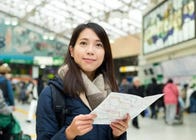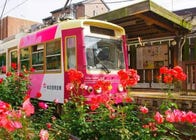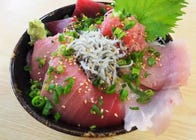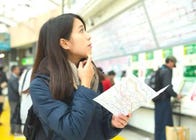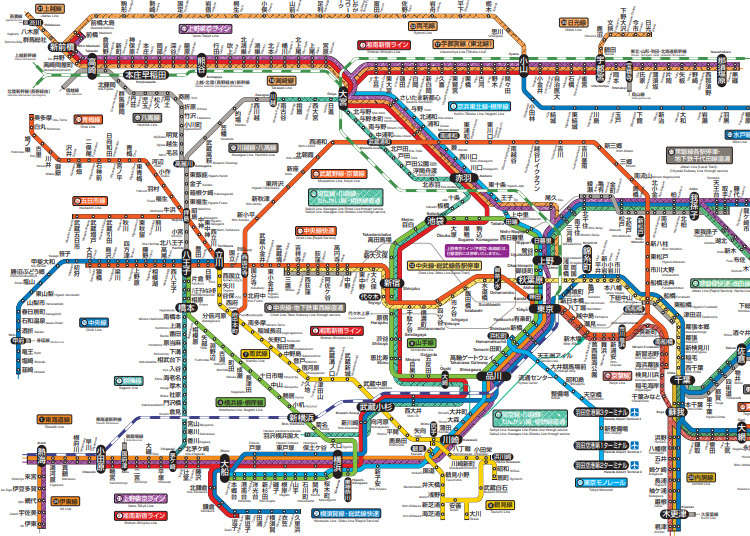
Tokyo’s train system might seem overwhelming, but with the right guidance, it’s easy to master. This comprehensive guide to Tokyo’s train map covers everything you need to know—from JR lines to private railways and subways—to make navigating the city a breeze.
- Table of Contents
-
- About Tokyo's rail and subway companies
- Stations near popular sightseeing spots in Tokyo
- JR East: The convenient Yamanote Line and Chuo Line
- Tokyo Metro: 9 Subway Lines
- Toei Subway: The convenient Oedo Line and Asakusa Line
- Tokyo Sakura Tram: Charming retro streetcar
- Odakyu Electric Railway: Direct access from Shinjuku to Hakone and Enoshima
- Keio Railway: Serving Western Tokyo (and Mt. Takao)
- Keikyu Railway: Connecting Haneda Airport, Shinagawa Station, and Yokosuka
- Keisei Railway: Get from Narita Airport to Ueno with the Keisei Skyliner
- Seibu Railway: From Ikebukuro/Shinjuku to Chichibu and Kawagoe in Saitama
- Tokyu Railway: From Shibuya to Yokohama
- Tobu Railway: Direct Access to Nikko from Asakusa
- Tokyo Monorail: Quickly get from Haneda Airport to Central Tokyo
- Yurikamome: To the Odaiba Area
- Rinkai Line: Direct Access to Odaiba from Shinjuku
About Tokyo's rail and subway companies
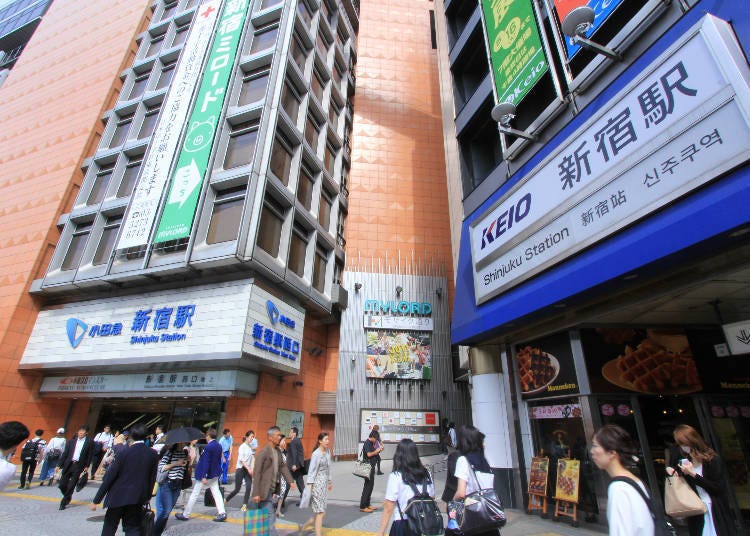
Japan's railway system is categorized into three main types: Japan Rail (JR), subways, and other private railways.
JR manages the shinkansen bullet trains that link major cities and also operates a network that connects metropolitan areas with rural ones. This network is accessible with the Japan Rail Pass, which offers discounted travel for foreign visitors.
Tokyo's subway system is divided between two entities: Tokyo Metro, run by Tokyo Metro Co., Ltd., and Toei Subway, operated by the Tokyo Metropolitan Bureau of Transportation.
Additionally, Tokyo hosts seven major private railway companies: Odakyu Electric Railway, Keio Railway, Keikyu Railway, Keisei Electric Railway, Seibu Railway, Tokyu Railway, and Tobu Railway. Other significant lines include the Tokyo Monorail, which connects Haneda Airport with Hamamatsucho, the Yurikamome Line for convenient access to the Odaiba area, and the Rinkai Line operated by Tokyo Waterfront Area Rapid Transit.
Key transport hubs like Shinjuku Station, Ikebukuro Station, Tokyo Station, and Shibuya Station serve multiple lines, facilitating easy transfers between different railway companies without the need to exit the station.
- Yamanote Line
- A circular loop line serving central Tokyo. Connects Tokyo Station, Ueno, Ikebukuro, Shinjuku, Shibuya, Harajuku, etc.
- Keihin-Tohoku Line
- Connects the prefecture north of Tokyo (Saitama) and south (Yokohama), running through eastern Tokyo.
- Chuo Line (Rapid)
- Connects Tokyo's east and west, serving Tachikawa, Hachioji, and Takao
- Chuo-Sobu Line
- Serves inner Tokyo, stopping at Akihabara, Suidobashi, and Shinjuku. Also connects Chiba with Tokyo.
- Shonan-Shinjuku Line
- Convenient for day trips from Tokyo, as it serves Zushi, Kamakura, and Odawara.
- Keiyo Line
- Access to southern Chiba, including Tokyo Disney Resort and Makuhari.
- Marunouchi Line
- Access to business areas such as Kasumigaseki and Tokyo Station.
- Hibiya Line
- To Nakameguro and Roppongi; also stops in Akihabara and Ueno.
- Tozai Line
- Connects east to west and stops at old downtown areas
- Chiyoda Line
- Access to Nezu, Yoyogi-Uehara, and the Imperial Palace
- Hanzomon Line
- Connects Shibuya to Oshiage (Tokyo Skytree®)
- Namboku Line
- Passes through Azabu, Roppongi, Korakuen (Tokyo Dome)
- Asakusa Line
- Access to Asakusa and Tokyo Skytree.
- Mita Line
- Convenient access to the Imperial Palace, Tokyo Dome, and Sugamo.
- Odakyu
- Romancecar (limited express) is recommended for access from Shinjuku to Hakone, Enoshima, or Odawara.
- Keio
- Great for sightseeing around Mt. Takao.
- Keikyu
- Connects Haneda Airport and Shinagawa. Runs down the Miura Peninsula to Yokohama, Keikyu Kawasaki, Yokosuka-Chuo, and Misakiguchi. Also offers access to the Zushi and Hayama area.
- Seibu
- Private lines connecting Tokyo with sightseeing areas in Saitama, including Kawagoe and Chichibu.
- Tokyu
- Access from Shibuya to Daikanyama and Nakameguro via the Toyoko Line. Connects Tokyo and Yokohama as well.
- Yurikamome
- Offers convenient access to bay areas such as Odaiba and Ariake.
Stations near popular sightseeing spots in Tokyo
A lot of Tokyo’s major sightseeing spots and areas are within walking distance of a station, at least in and around central Tokyo. Some lines even circle such areas conveniently, so take a look below and it might just help you plan a perfect day of sightseeing!
-
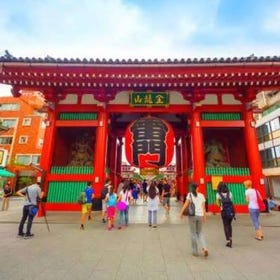 Asakusa/Sensoji Temple: Asakusa Station (Tokyo Metro Ginza Line; Toei Asakusa Line; Tobu Isesaki Line)
Asakusa/Sensoji Temple: Asakusa Station (Tokyo Metro Ginza Line; Toei Asakusa Line; Tobu Isesaki Line) -
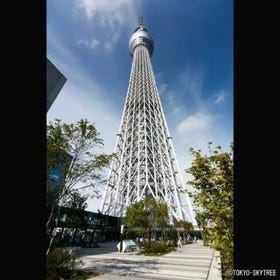 Tokyo Skytree: Oshiage Station (Keisei Oshiage Line; Toei Asakusa Line; Tokyo Metro Hanzomon Line; Tobu Isesaki Line)
Tokyo Skytree: Oshiage Station (Keisei Oshiage Line; Toei Asakusa Line; Tokyo Metro Hanzomon Line; Tobu Isesaki Line) -
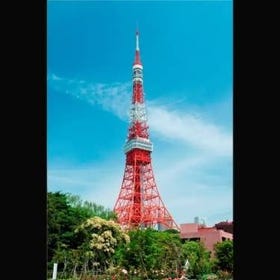 Tokyo Tower: Kamiyacho Station (Tokyo Metro Hibiya Line)
Tokyo Tower: Kamiyacho Station (Tokyo Metro Hibiya Line) -
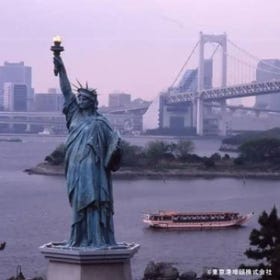 Odaiba/Odaiba Seaside Park: Odaiba-kaihinkoen Station (Yurikamome Line)
Odaiba/Odaiba Seaside Park: Odaiba-kaihinkoen Station (Yurikamome Line) -
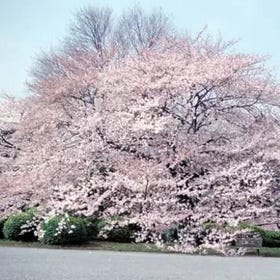 Shinjuku Gyoen: Shinjuku-gyoenmae Station (Tokyo Metro Marunouchi Line) or Shinjuku Sanchome Station (Toei Shinjuku Line; Tokyo Metro Fukutoshin Line)
Shinjuku Gyoen: Shinjuku-gyoenmae Station (Tokyo Metro Marunouchi Line) or Shinjuku Sanchome Station (Toei Shinjuku Line; Tokyo Metro Fukutoshin Line) -
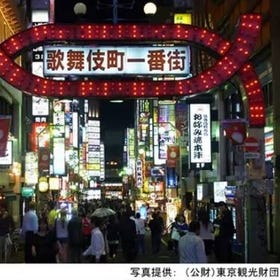 Shinjuku/Kabukicho: Shinjuku Station (JR Yamanote Line, Chuo Line; Tokyo Metro Marunouchi Line) or Seibu-Shinjuku Station (Seibu Shinjuku Line)
Shinjuku/Kabukicho: Shinjuku Station (JR Yamanote Line, Chuo Line; Tokyo Metro Marunouchi Line) or Seibu-Shinjuku Station (Seibu Shinjuku Line) -
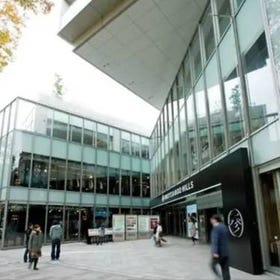 Harajuku/Meiji Shrine: Harajuku Station (JR Yamanote Line) or Meiji-jingumae Station (Tokyo Metro Chiyoda Line, Fukutoshin Line)
Harajuku/Meiji Shrine: Harajuku Station (JR Yamanote Line) or Meiji-jingumae Station (Tokyo Metro Chiyoda Line, Fukutoshin Line) -
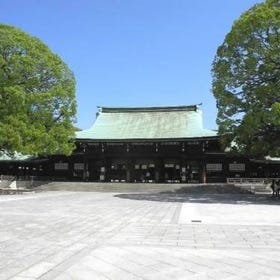 Omotesando Hills: Omotesando Station (Tokyo Metro Ginza Line, Chiyoda Line, Hanzomon Line)
Omotesando Hills: Omotesando Station (Tokyo Metro Ginza Line, Chiyoda Line, Hanzomon Line) -
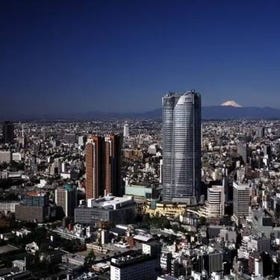 Roppongi Hills: Roppongi Station (Tokyo Metro Hibiya Line; Toei Oedo Line)
Roppongi Hills: Roppongi Station (Tokyo Metro Hibiya Line; Toei Oedo Line) -
 Ginza: Ginza Station (Tokyo Metro Ginza Line, Hibiya Line, Marunouchi Line)
Ginza: Ginza Station (Tokyo Metro Ginza Line, Hibiya Line, Marunouchi Line) -
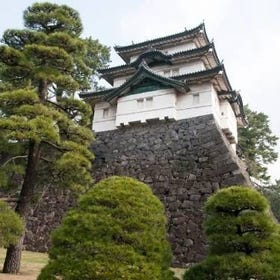 Imperial Palace: Hibiya Station (Tokyo Metro Chiyoda Line, Hibiya Line; Toei Mita Line) or Nijyubashimae Station (Tokyo Metro Chiyoda Line)
Imperial Palace: Hibiya Station (Tokyo Metro Chiyoda Line, Hibiya Line; Toei Mita Line) or Nijyubashimae Station (Tokyo Metro Chiyoda Line) -
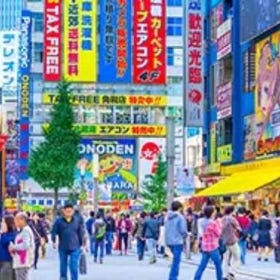 Akihabara: Akihabara Station (JR Yamanote Line, Chuo-Sobu Line, Keihin-Tohoku Line; Tokyo Metro Hibiya Line)
Akihabara: Akihabara Station (JR Yamanote Line, Chuo-Sobu Line, Keihin-Tohoku Line; Tokyo Metro Hibiya Line) -
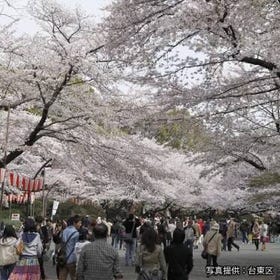 Ueno Park/Ueno Zoo: Ueno Station (JR Yamanote Line, Keihin-Tohoku Line; Tokyo Metro Ginza and Hibiya lines)
Ueno Park/Ueno Zoo: Ueno Station (JR Yamanote Line, Keihin-Tohoku Line; Tokyo Metro Ginza and Hibiya lines) -
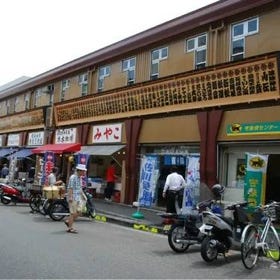 Tsukiji (Outer market): Tsukiji Station (Tokyo Metro Hibiya Line)
Tsukiji (Outer market): Tsukiji Station (Tokyo Metro Hibiya Line) -
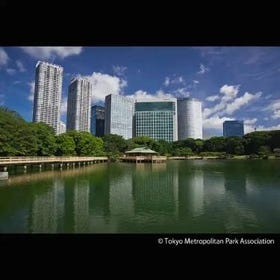 Hamarikyu Gardens: Shiodome Station (Toei Oedo Line, Yurikamome)
Hamarikyu Gardens: Shiodome Station (Toei Oedo Line, Yurikamome) -
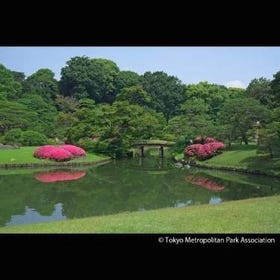 Rikugien Gardens: Komagome Station (JR Yamanote Line; Tokyo Metro Namboku Line)
Rikugien Gardens: Komagome Station (JR Yamanote Line; Tokyo Metro Namboku Line) -
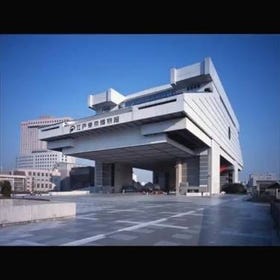 Edo-Tokyo Museum: Ryogoku Station (JR Chuo-Sobu Line; Toei Oedo Line)
Edo-Tokyo Museum: Ryogoku Station (JR Chuo-Sobu Line; Toei Oedo Line) -
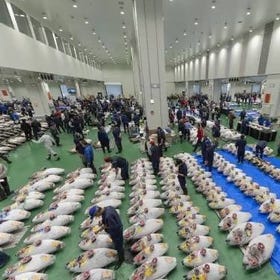 Toyosu Fish Market: Shijo-mae Station (Yurikamome)
Toyosu Fish Market: Shijo-mae Station (Yurikamome) -
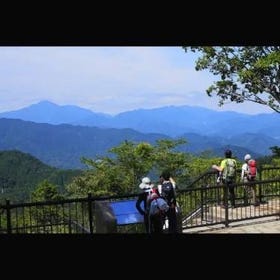 Mount Takao: Takaosanguchi Station (Keio Line)
Mount Takao: Takaosanguchi Station (Keio Line) -
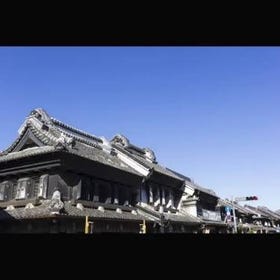 Kawagoe: Hon-Kawagoe Station (Seibu Shinjuku Line) or Kawagoe Station (JR Kawagoe Line; Tobu Tojo Line)
Kawagoe: Hon-Kawagoe Station (Seibu Shinjuku Line) or Kawagoe Station (JR Kawagoe Line; Tobu Tojo Line)
JR East: The convenient Yamanote Line and Chuo Line
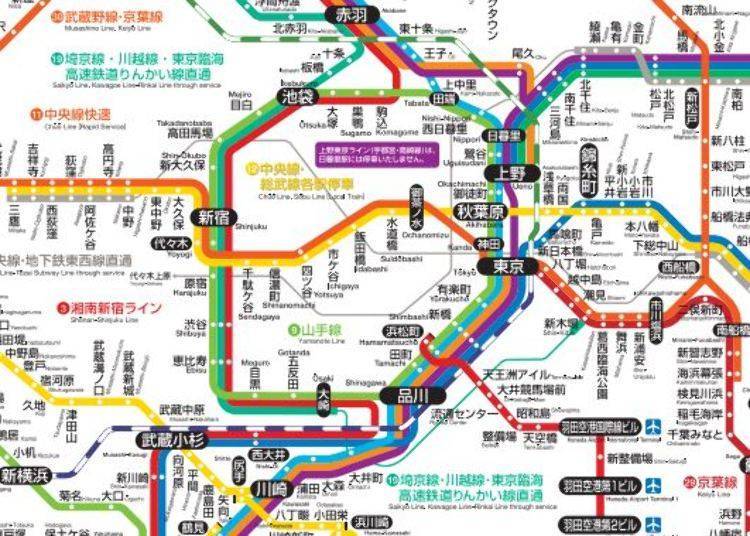
JR East doesn’t only operate the Yamanote Line, Chuo Line, and the Keihin Tohoku Line, but also the Narita Express.
While sightseeing in Tokyo, you’ll find yourself using the Yamanote Line quite often. If you plan on going to Tokyo’s suburbs and outer areas, limited express trains are recommended.
JR East: Major Lines and Stops
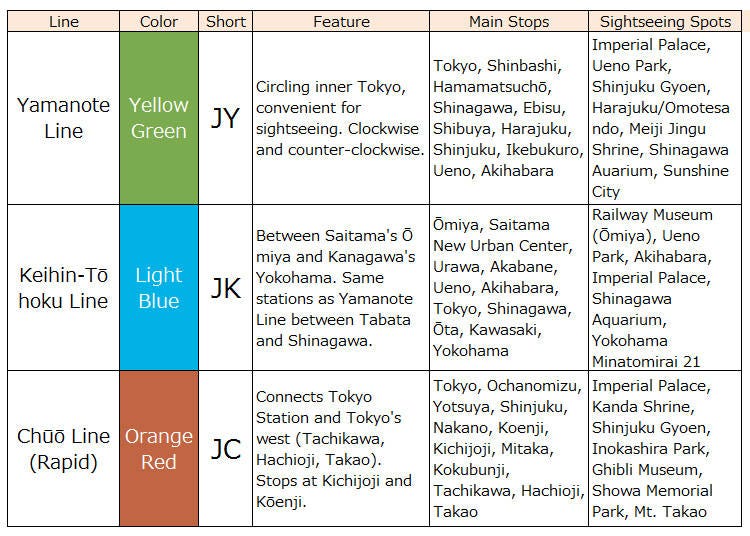

Yamanote Line: A circular line around the city
・The sotomawari (外回り) trains go clockwise, the uchimawari (内回り) trains go counter-clockwise.
・Convenient connection between many main stations, such as Tokyo Station, Shinjuku Station, Ikebukuro Station, and Shibuya Station
・The color of the train is a yellowish green.
Chūō-Sōbu Line: through Tokyo from East to West
・Runs through the center of the Yamanote Line, connecting Tokyo’s east and west.
・The Sōbu Line is yellow and a local train bound for Chiba.
・The Chūō Line is orange and features local, express, and limited express trains.
Tokyo Metro: 9 Subway Lines
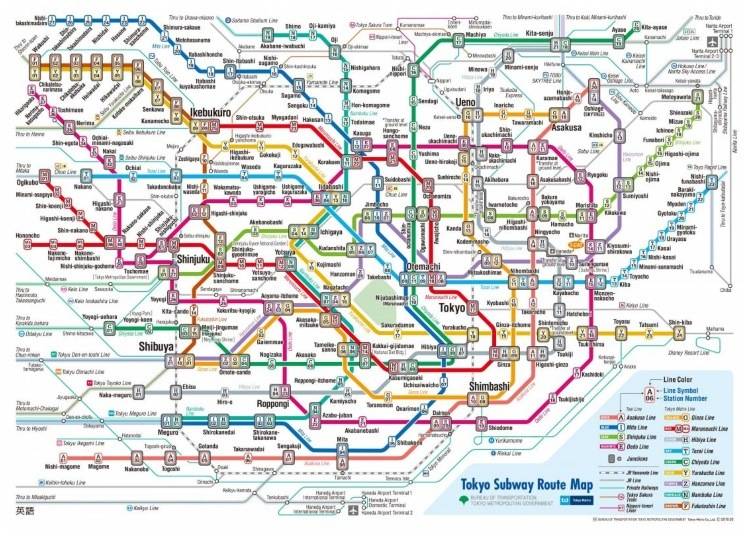
Tokyo Metro services nearly all of Tokyo's 23 wards with its nine lines, offering routes that are particularly convenient for tourists. For example, the Marunouchi Line and Yūrakuchō Line circle around the Imperial Palace, while the Hanzōmon Line provides access to shitamachi (the traditional downtown areas) in the eastern part of the city.
Additionally, Tokyo Metro offers a variety of economical ticket options, including the "Tokyo Metro 24-hour Ticket" available for 600 yen. This allows unlimited travel and is complemented by several attractively priced joint tickets with other railway companies, enhancing connectivity and affordability for travelers.
Tokyo Metro: Major lines and stops
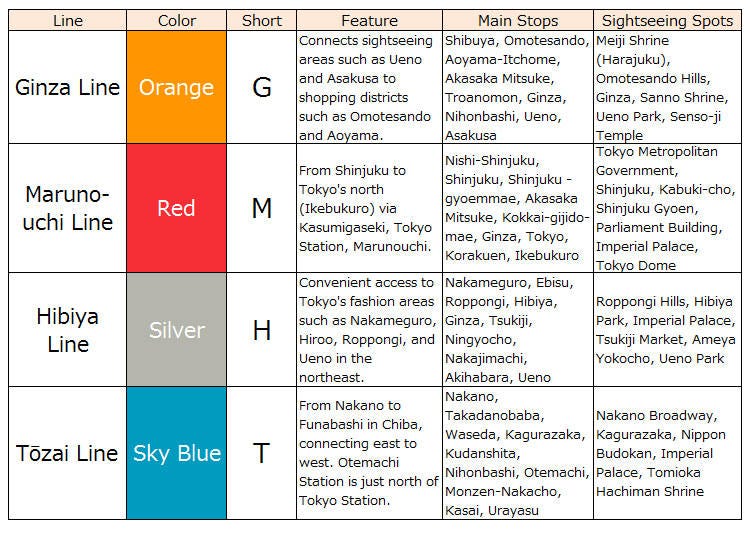
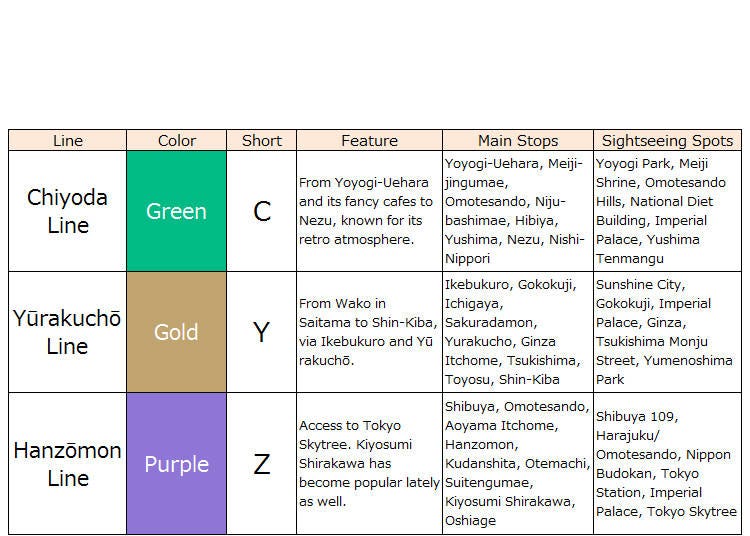
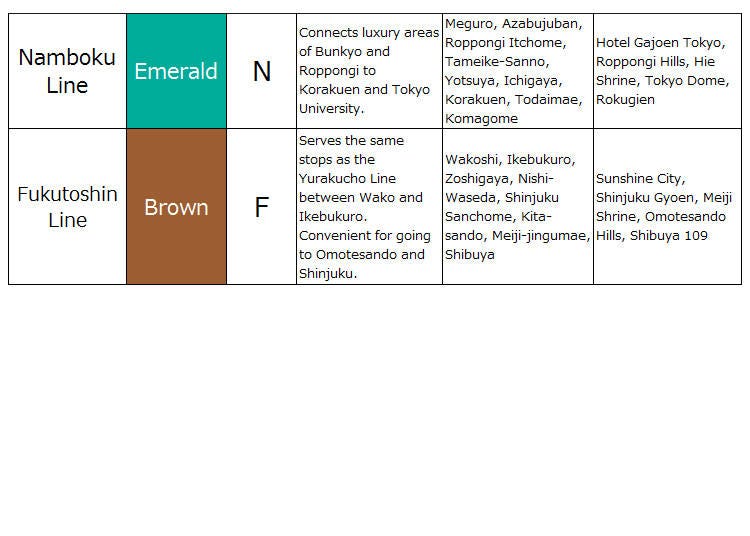
Ginza Line: connecting Asakusa and Shibuya
・Passes many downtown areas such as Asakusa, Ueno, and Kanda.
・Great access to Omotesando Station, Shibuya Station, Aoyama Itchome Station, etc.
・Transfer to JR lines at Shibuya Station, Kanda Station, Ueno Station, etc.
Hanzōmon Line: connecting Asakusa and Shibuya
・Goes to Oshiage Station right next to Tokyo Skytree.
・Goes by Shibuya and the north side of the Imperial Palace.
・Also stops at Kiyosumi-shirakawa Station since recently.
Toei Subway: The convenient Oedo Line and Asakusa Line
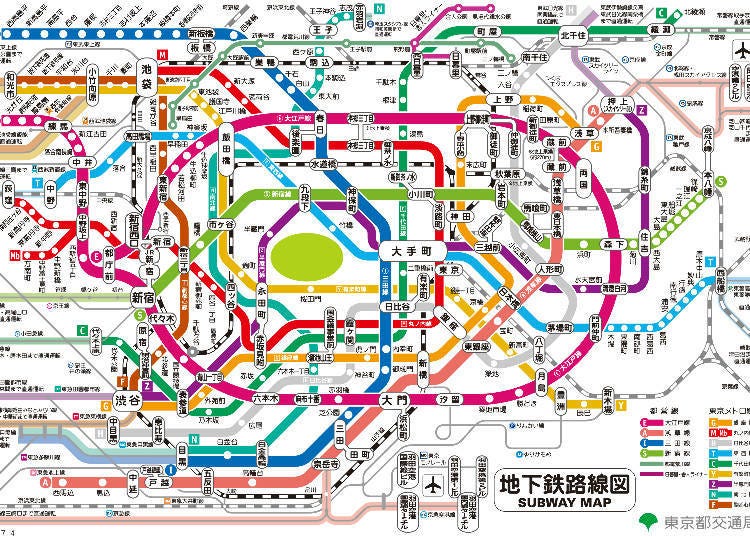
Toei Subway operates 4 lines. Especially the Ōedo Line is very handy for sightseeing, as it connects major downtown areas such as Aoyama, Roppongi, and Shinjuku. So is the Asakusa Line, offering excellent access to East Ginza, Nihonbashi, Asakusa, and Tokyo Skytree’s Oshiage.
Toei Subway: Major lines and stops
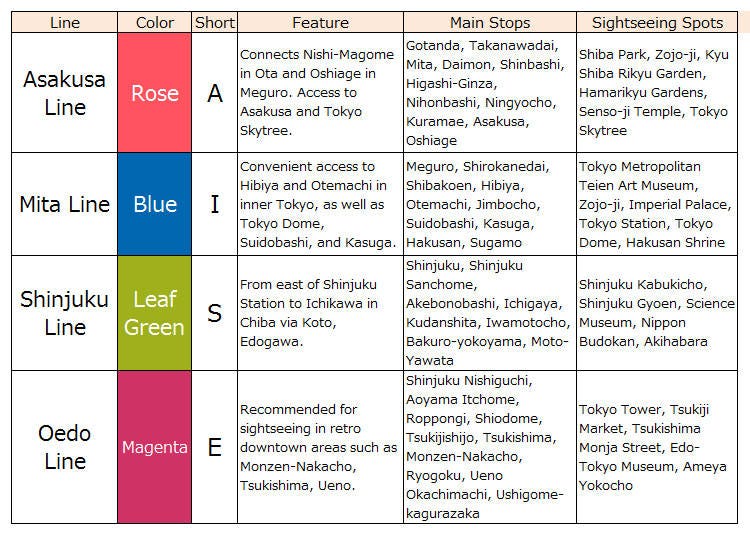
Asakusa Line: to Asakusa and Tokyo Skytree
・Great access to Oshiage Station next to Tokyo Skytee.
・Stops at major areas such as East Ginza and Nihonbashi.
・Transfer to JR lines and Tokyo Monorail at Daimon Station after a short walk to Hamamatsuchō Station.
Ōedo Line: to Asakusa and Tokyo Skytree
・Stops at many old downtown areas such as Monzen-Nakachō, Tsukishima, and Ryōgoku.
・The line goes in a 6-shape starting at Shinjuku’s Tochōmae Station.
・Offers access to the Nakano area.
Tokyo Sakura Tram: Charming retro streetcar
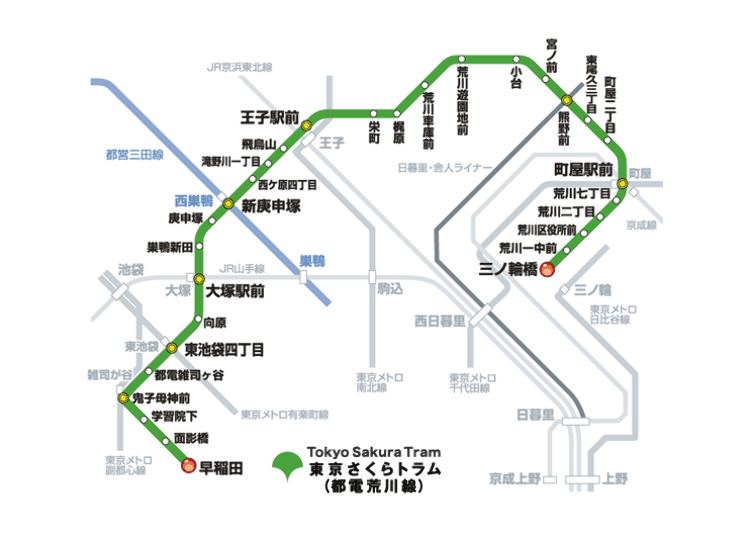
Tokyo's Sakura Tram, also known as the Tokyo Arakawa Line, is the city's only remaining tram service. It covers a 12.2-kilometer route from Waseda Station in Shinjuku Ward to Minowabashi Station in Arakawa Ward. The tram stops at 30 stations along the way, most of which are unmanned, with a single driver responsible for managing passenger boarding and alighting.
Noteworthy stops include Kishibojimmae Station, close to Kishimojin Temple and Takeyoshi Inari Shrine; Kōshinzuka Station, adjacent to Sugamo's famous Togenuki Jizo—a Buddhist statue reputed to heal ailments; and Ōji-ekimae Station, near Asukayama Park.
Odakyu Electric Railway: Direct access from Shinjuku to Hakone and Enoshima
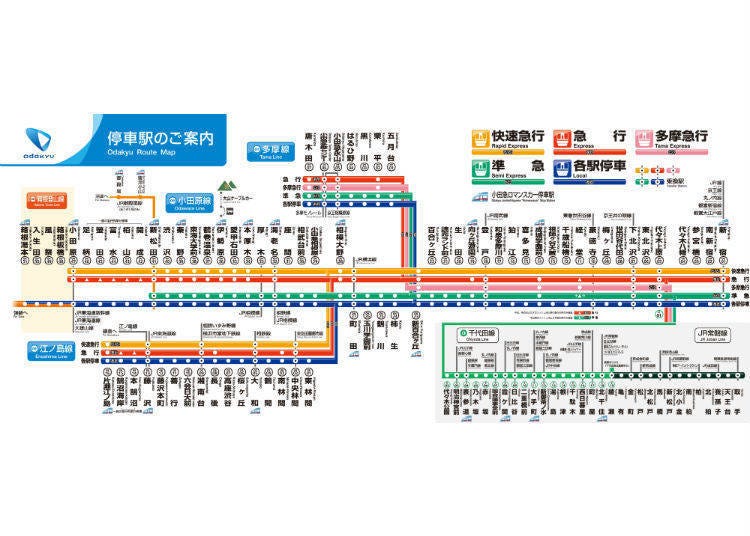
Odakyu Electric Railway operates three lines originating from Shinjuku Station. The Odawara Line leads to Odawara, the gateway to the renowned Hakone region. The Enoshima Line provides direct access to Enoshima, and the Tama Line heads to Tama New Town.
These lines offer a variety of train services, including local, express, and limited express options. A standout for travelers to Hakone, Enoshima, and Kamakura is the Limited Express Romancecar. This service reaches Hakone-Yumoto Station in just 85 minutes and features seats that can rotate to fully enjoy the views.
For those planning to explore Hakone extensively, the “Hakone Free Pass” is highly recommended. A conveniently priced 2-day pass from Shinjuku, it covers travel on eight different modes of transport including the Hakone Tozan Railway, cable car, ropeway, and sightseeing boats, enhancing the sightseeing experience.
Keio Railway: Serving Western Tokyo (and Mt. Takao)
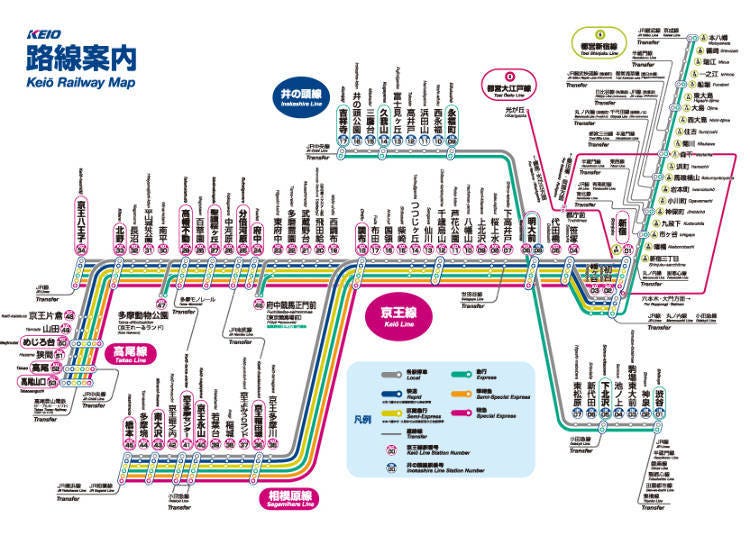
Keio Corporation operates the Keio Line, which travels from Shinjuku Station to several destinations including Chōfu Station and Takahatafudō Station, with notable stops at Keio Hachioji Station and Takaosanguchi Station—the gateway to the scenic Mount Takao.
The Keio Sagamihara Line branches off at Chōfu Station, providing access to Yomiuriland and Keiō-Tama-Center Station, near Sanrio Puroland.
The Keio Inokashira Line connects Shibuya Station with Kichijoji Station, also stopping at Shimokitazawa Station and Meidaimae Station, where passengers can transfer between the Keio and Keio Inokashira Lines.
A 1-day ticket allows unlimited travel on both lines for 900 yen (450 yen for children). For Mount Takao visitors, the Mt. Takao Discount Ticket includes round-trip travel from any station on these lines to Takaosanguchi Station, a cable car or lift ticket, and meal options.
Additionally, the Keio Amusement Passport offers a day of unlimited rides at selected amusement parks (Yomiuriland, Tokyo Summerland, Sanrio Puroland) along with a one-day train ticket, all for a competitive price.
Keikyu Railway: Connecting Haneda Airport, Shinagawa Station, and Yokosuka
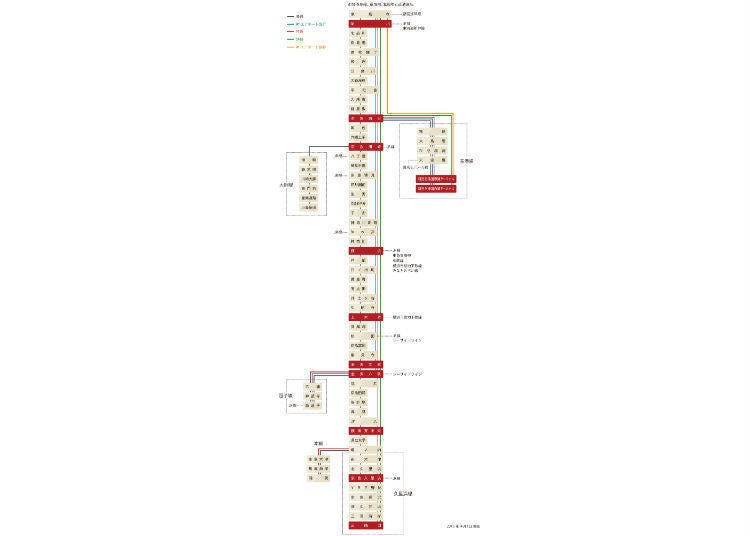
Keikyu Electric Railway's Keikyū Main Line stretches from Sengakuji Station in Tokyo’s Minato Ward to Uraga Station on the southeast coast of Kanagawa Prefecture. This line offers easy access to locations like Kawasaki, Yokohama, Yokosuka, and Misakiguchi. At Sengakuji Station, passengers can transfer to the Asakusa Line, and at Shinagawa Station, connections are available to JR East’s Yamanote Line.
Additionally, the Keikyū Airport Line, branching off at Keikyū Kamata Station, leads directly to Haneda Airport’s domestic and international terminals. The Airport Limited Express (Kaitoku) provides the quickest journey from Shinagawa to Haneda International Terminal, taking only 11 minutes.
Keisei Railway: Get from Narita Airport to Ueno with the Keisei Skyliner
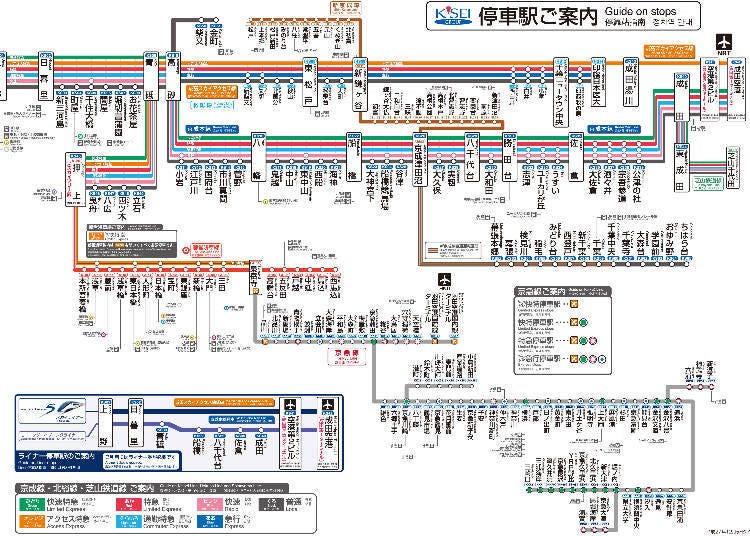
Keisei Electric Railway operates several branch lines in northeast Tokyo and Chiba Prefecture, focusing primarily on the Keisei Main Line and Narita Sky Access Line, which link Narita Airport with Ueno.
The railway is renowned for its Keisei Skyliner, a limited express train that requires a special ticket and offers the fastest connection from Narita Airport Terminal 2 to Ueno Station in just 41 minutes. Additionally, the Skyliner stops at key stations like Oshiage, Asakusa, Nihonbashi, and Higashi-Ginza.
The Narita Sky Access Line provides direct access from Terminal 2 to numerous tourist attractions in Tokyo. Keisei Ueno Station, just a minute’s walk from JR’s Ueno Station, allows easy transfers to the Yamanote Line and Tokyo Metro’s Ginza and Hibiya Lines. Nearby Oshiage Station connects to Toei Subway’s Asakusa Line, Tokyo Metro’s Hanzomon Line, and Tobu Railway’s Tobu Skytree Line.
Seibu Railway: From Ikebukuro/Shinjuku to Chichibu and Kawagoe in Saitama
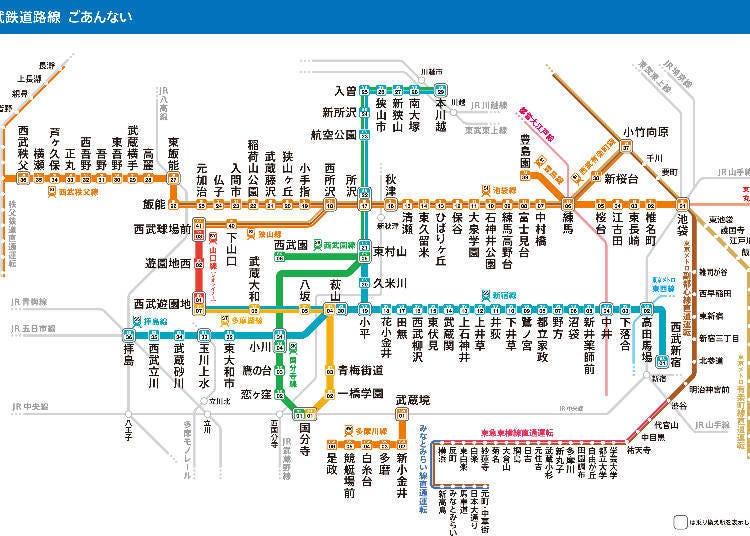
Seibu Railway's Ikebukuro Line connects Ikebukuro Station with Seibu Chichibu Station, stopping at Tokorozawa. The Hajima Line diverges at Kodaira Station on the Shinjuku Line, reaching Hajima Station in west Tokyo. For Seibuen Amusement Park, the Tamako Line is your best bet.
Additionally, the Sayama Line links Nishi-Tokorozawa Station on the Ikebukuro Line to Seibu-Kyūjō-mae Station, near the MetLife Dome, the home stadium of the Saitama Seibu Lions.
Seibu Railway offers several express services, including the Red Arrow. This express connects Ikebukuro with Seibu-Chichibu and Seibu-Shinjuku with Hon-Kawagoe. On weekends and national holidays, the S-TRAIN runs from Motomachi-Chūkagai Station in Yokohama’s Chinatown to Seibu-Chichibu Station.
Tokyu Railway: From Shibuya to Yokohama
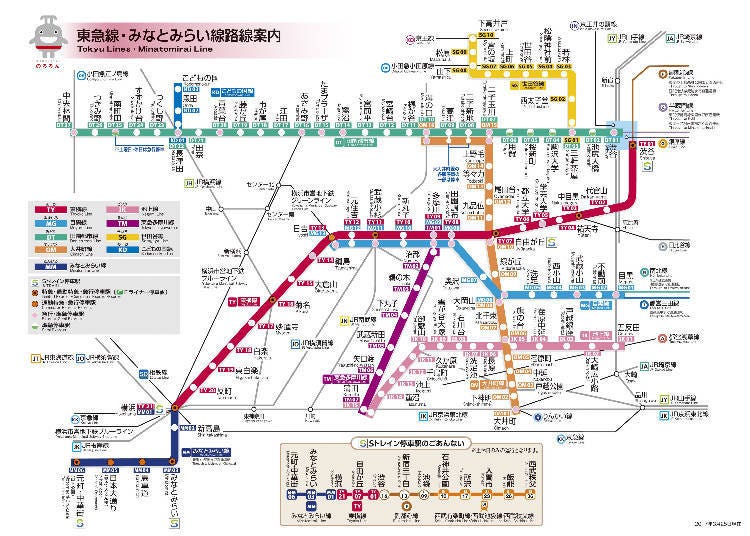
Tokyu Corporation manages eight train lines, including the Toyoko Line, which runs from Shibuya Station and is particularly useful for tourists. This line not only facilitates easy travel between Shibuya and Yokohama but also serves notable stations like Daikanyama, Naka-Meguro, Yūtenji, and Jiyūgaoka.
Additionally, the Den-en-toshi Line extends from Shibuya Station to Chūō-Rinkan Station in Kanagawa Prefecture. It stops at several key stations including Sangen-Jaya, Komazawa-Daigaku, and Futako-Tamagawa.
Tobu Railway: Direct Access to Nikko from Asakusa
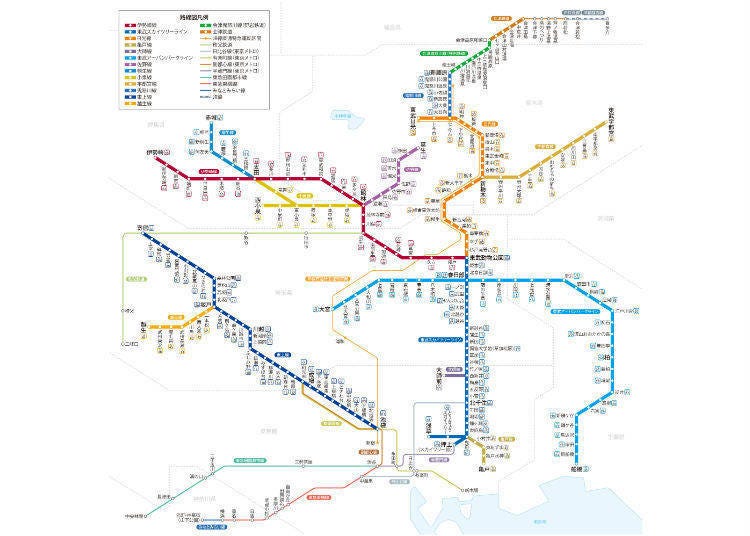
Tobu Railway provides comprehensive rail service from Tokyo's east side to various destinations including Utsunomiya and Nikkō in Tochigi Prefecture, as well as Kinugawa Onsen and Isesaki in Gunma Prefecture.
The network's backbone is the Isesaki Line, connecting Oshiage and Asakusa Stations to Isesaki Station. Additional lines include the Tōbu Tōjō Line and several branches such as the Noda, Sano, and Kiryū Lines.
From Tōbu-Dōbutsu-Kōen Station, the Nikkō Line leads to the world heritage site in Nikkō, with the "Revaty Kegon" express making the trip from Asakusa to Tōbu Nikkō Station in as little as 1 hour and 47 minutes.
The "Revaty Kinu" express reaches Kinugawa-Onsen Station in about 2 hours. Moreover, the Tōbu Tōjō Line offers a quick route from Ikebukuro Station to Yorii Station in northwest Saitama, providing the fastest access to Kawagoe.
Tokyo Monorail: Quickly get from Haneda Airport to Central Tokyo
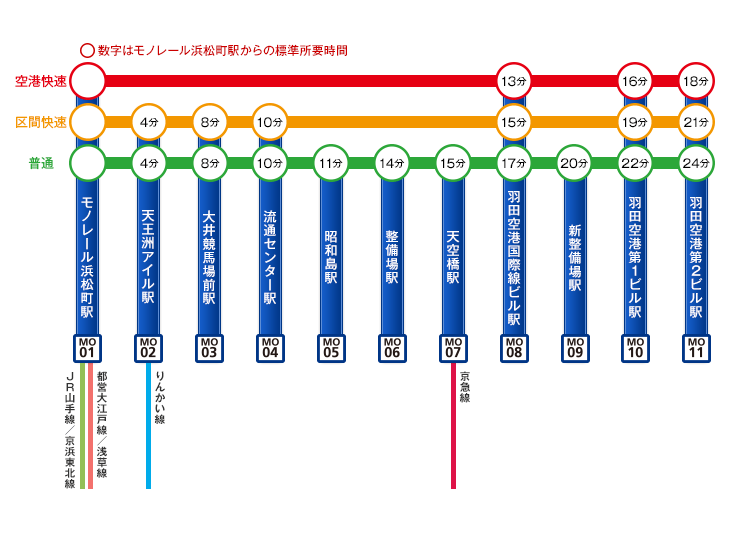
The Tokyo Monorail links Haneda Airport with Hamamatsuchō Station. The journey takes 17 minutes on the regular "Local Train" that stops at all stations, and just 13 minutes on the "Haneda Express" to and from the International Terminal.
Monorail Hamamatsuchō Station connects directly to JR’s Hamamatsuchō Station, allowing transfers to the Yamanote and Keihin-Tōhoku Lines. A 5-minute walk also reaches Daimon Station, served by Toei Subway’s Oedo and Asakusa Lines.
Yurikamome: To the Odaiba Area
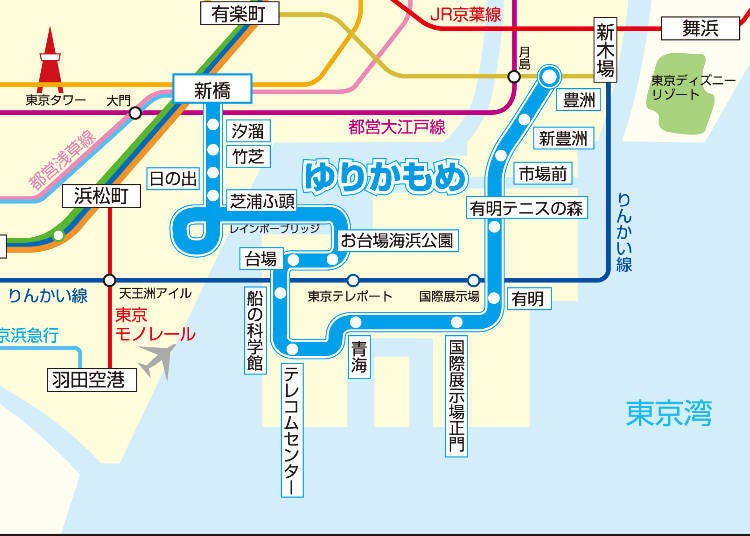
The Yurikamome Line, formally known as the Tokyo Waterfront New Transit Waterfront Line, traverses Tokyo's Rainbow Bridge to connect to bay areas like Odaiba and Ariake. This fully automated line uses rubber-tired wheels for a notably smooth ride.
Covering a 15km route between Shinbashi and Toyosu Stations, the line facilitates easy transfers. At Shinbashi, passengers can switch to several JR lines, the Tokyo Metro Ginza Line, and the Toei Subway's Asakusa Line. Toyosu Station connects with the Tokyo Metro’s Yūrakuchō Line.
Rinkai Line: Direct Access to Odaiba from Shinjuku
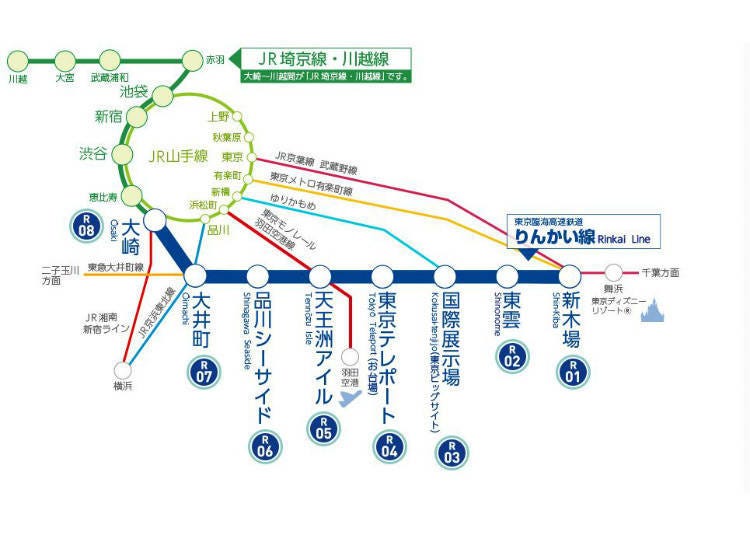
The Rinkai Line stretches approximately 12km from Ōsaki Station in Shinagawa to Shin-Kiba Station in Koto Ward. It connects several stations along Tokyo's waterfront, including Shinagawa Seaside, Tennōzu Isle, Tokyo Teleport (Odaiba), and Kokusai-Tenjijō (Tokyo Big Sight).
Much of the line is underground, offering no scenic views. However, its integration with JR's Saikyo Line and Kawagoe Line provides direct access to Odaiba from major hubs like Shibuya, Shinjuku, and Ikebukuro without the need for transfers.
Tokyo's Railway Map: Not so hard after all?
Tokyo’s railway network is complicated and hard to figure out, even for Japanese people. With careful planning and an active search for the optimal route, however, it is also ridiculously convenient, and each company features several deals and day tickets to make your Tokyo adventure even better! With a bit of planning and research, getting around in Tokyo will be no issue at all!
*Prices and options mentioned are subject to change.
*Unless stated otherwise, all prices include tax.
Popular Tours & Activitiess
Recommended places for you
-
Ad

Get Your Perfect Custom Suit at GINZA Global Style PREMIUM Ginza Honten: Choose from 5,000 Fabrics, Starting at 26,400 Yen (incl. tax)!
-

Best Things to Do and See Around Tokyo in September: Events and Festivals in Kanto
-

Autumn in Japan 2025: Fall Foliage Forecast & Where to Enjoy the Colorful Leaves (+Tour Info)
-

Akihabara Electronics: 7 Essential Stores in Tokyo for Tax-Free Deals & Unique Finds
by: Ran Tanaka
-
Ad

Feeling Unwell While Traveling? HOTEL de DOCTOR 24 is Japan's Sole 24-Hour Online Medical Consultation Service
-

Ueno Electronics Shopping Guide: Where to Buy Popular Gadgets – Top 6 Stores Near the Station with Tax-Free Deals
by: Ran Tanaka
Inspiration for Accommodations
-

Enjoy Mt. Fuji from the Comfort of Your Room! Recommended Ryokan with Mt. Fuji View
-

Stay Near the Cherry Blossoms! Hotels for Cherry Blossom Viewing in Tokyo
-

Family-Friendly Hotels with Free Shuttle to Disneyland: Convenient Access for a Magical Stay
-

Top Ranked Hakone Hotels with Mt. Fuji View: Enjoy Stunning Scenery from Your Private Space
-

Convenient Tokyo Hotels with Airport Shuttle: Ideal for Families and Heavy Luggage
-

Stunning Tokyo Tower View Hotels: Enjoy Spectacular Scenery from Your Private Space
-

Convenient Asakusa Hotels with Kitchens: Ideal for Extended Family Visits
-

Experience Luxury: Hakone's 10 Best Five-Star Accommodations
-

Enjoy Mt. Fuji Autumn Leaves! Top Hotels Near the Popular Autumn Leaves Corridor
-

Experience Hakone Fall Foliage from Your Room with Stunning Views
-

These 5 Restaurants in Asakusa Are Among the Area's Oldest!
-

Atami 1-Day Itinerary: Exploring Japan's Castle & Hot Springs Resort Town Near Tokyo!
-

Tanabata Festival: Experience the Magic of Japan's Star-Crossed Lovers
-

Tokyo Station Top 10 Sweets Ranking!
-

(2021 Edition) Christmas in Tokyo: 5 Hotels to Relish a Special Dinner With Romantic Views!
by: Ran Tanaka
-

Meiji Shrine (Meiji Jingu): Exploring the Sacred Sanctuary of Peace in Bustling Tokyo
- #best ramen tokyo
- #what to buy in ameyoko
- #what to bring to japan
- #new years in tokyo
- #best izakaya shinjuku
- #things to do tokyo
- #japanese nail trends
- #what to do in odaiba
- #onsen tattoo friendly tokyo
- #daiso
- #best sushi ginza
- #japanese convenience store snacks
- #best yakiniku shibuya
- #japanese fashion culture
- #best japanese soft drinks













